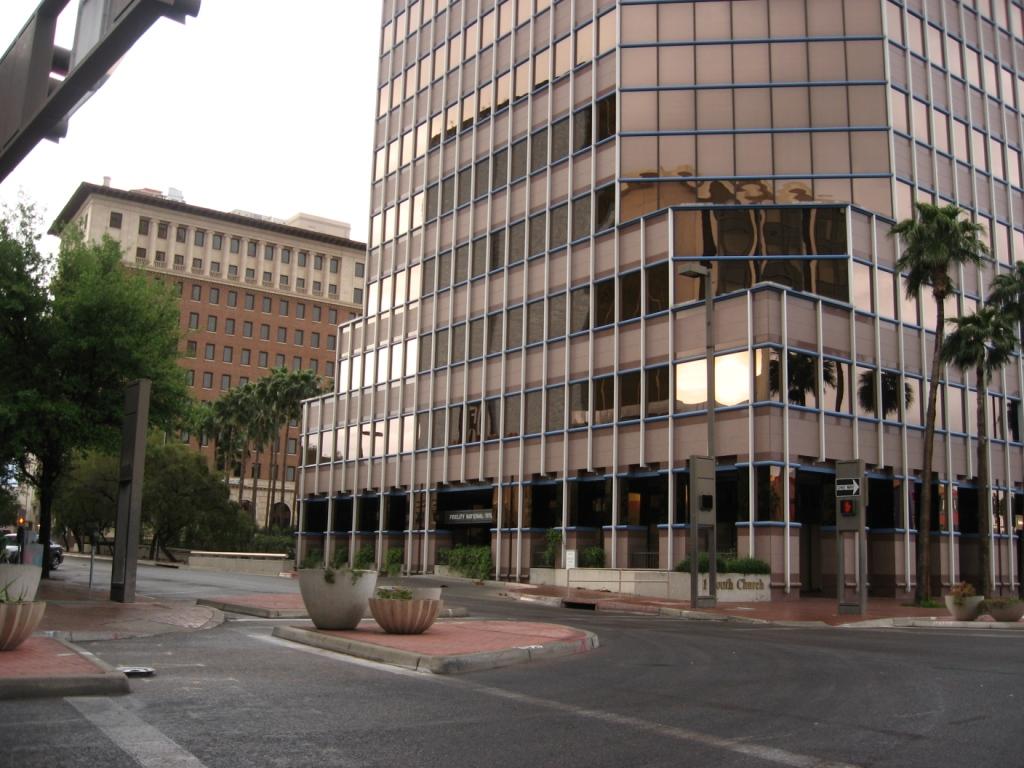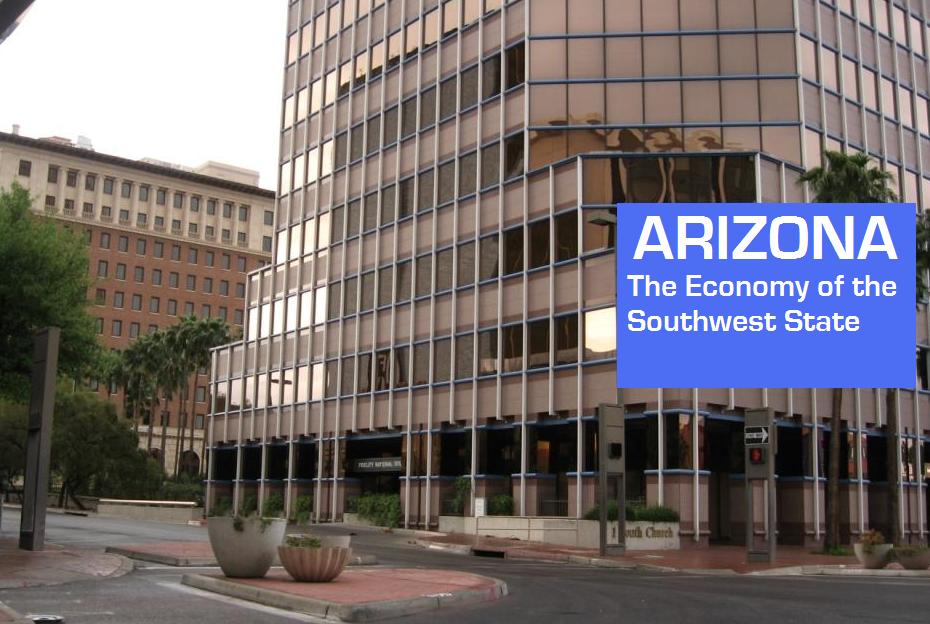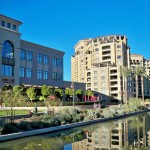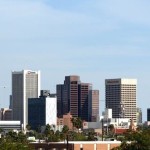
Continued from part 1
We’ve seen how much of an impact the construction and automotive industries have on Arizona’s economy. What other factors are involved?
Population growth
Arizona has long been a destination state. People from across the country looking for jobs, business opportunities, retirement homes etc. have long flocked to the area. And in doing so, they’ve provided a continual boost to the state economy. When more people move to a state, they need to buy goods and services. They start businesses. They fill jobs. But economic downturns tend to put a damper of population movement, and Arizona is no exception. Ten years ago, the state’s population growth rate was often near three-and-one-half percent. Since then, it has been cut in half. The state jobs climate is one reason for the decline. With an unemployment rate higher than the national average, Arizona is no longer a mecca for job hunters. The slowdown in new residents has put a significant dent in the state’s economic growth and has also deprived employers of a larger, more highly skilled pool of workers. While population growth is expected to remain steady for the next several years, a boom in the construction market, or overall improvement in the jobs market, could see the state return to its former era as a magnet for relocating workers.
Housing market issues
Arizona’s housing market has slowed considerably from where it was pre-recession. Poor national and local economic conditions and a general housing bubble formed a tough double whammy for the housing sector. New housing permits in Arizona have fallen to about half of what they were pre-recession. But the local market has started to rebound nicely, despite being slightly hamstrung by slow population growth, which negatively impacts the market. Because new residents help drive homes sales and construction, the state’s population stagnation has restrained overall growth in housing to some degree. Despite the population growth effect, other factors have helped the market regain strength. These include a tighter supply of housing stock, and behavioral changes by real estate investors and developers. Wary of another bubble, many developers have scaled back their projects, and many investors who were solely in the business to flip houses for profit have since gotten out of the market. It’s a good sign that Arizona’s housing market has recovered at a far faster rate than many other states.
Politics
You can’t talk about business in Arizona without talking about politics. The state is at the forefront of the immigration issue nationwide, and subsequently has garnered a “tough on illegal immigration” image. And that may have a considerable effect on population growth. While a depressed jobs market may be the principal reason many potential relocators stay away, the political climate — whether real or perceived — may also play a role. Legal immigrants — particularly those with in demand technical skills — are a boon to the economy. While it’s hard to draw a definitive link between the political climate and population growth, there are a few indicators that raise concern. For example, Arizona has fallen from 8th in the United States in legal international immigration to 18th, over the course of a few years. While the overall jobs market may play a big role in dissuading immigrants, it’s not unlikely that immigration policy has a significant effect as well.
How will the state of Arizona meet the challenges of tomorrow? How will the state get its rate of economic growth back where it was a decade ago? Please read “Slow but Steady: Business in Arizona’s Post-Recession Economy, Part Three” for more information.
By Jason Hope















